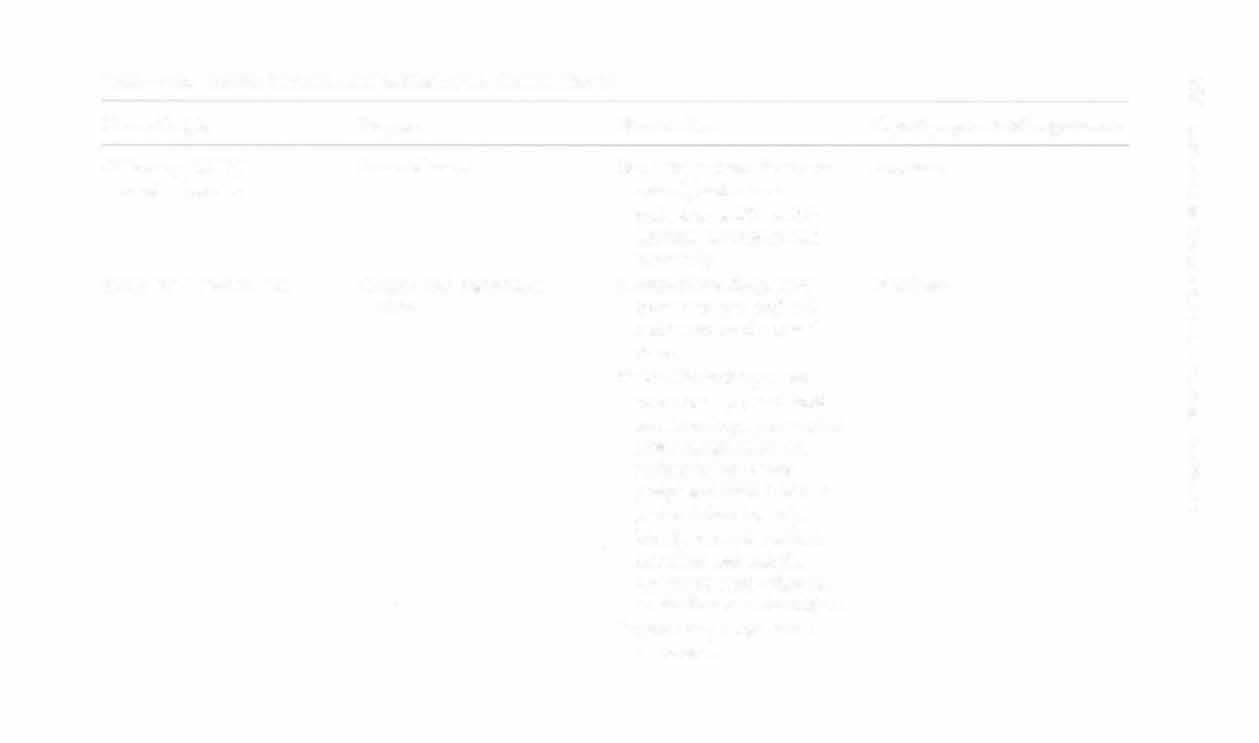i bc27f85be50b71b1 (86 page)
Read i bc27f85be50b71b1 Online
Authors: Unknown
ability to perform basic functions, such as respiration and temperature control.
Blood pressure, heart rate, respiratory rate and panern (see Table
2-3), temperature, and other vital signs from invasive monitoring (see
Appendix III-A) are assessed continuously or hourly to determine
neurologic and hemodynamic stability.
Clinical Tip
The therapist should be aware of blood pressure parameters
determined by the physician for the patient with neurologic
dysfunction. These parameters may be set greater than normal to maintain adequate perfusion to the brain or lower than normal to prevent further injury to the brain.
Cranial Neroes
CN testing provides information about the general neurologic status
of the patient and the function of the special senses. The results assist
in the differential diagnosis of neurologic dysfunction and may help in
determining the location of a lesion. CNs I through XII are tested on
admission, daily in the hospital, or when there is a suspected change
in neurologic function (Table 4-13).
Vision
Vision testing is an important portion of the neurologic examination,
because alterations in vision can indicate neurologic lesions, as illustrated in Figure 4-7. In addition to the visual field, acuity, reflexive, and ophthalmoscopic testing performed by the physician during CN
assessment, the pupils are further examined for the following:
• Size and equality. Pupil size is normally 2--4 mm or 4--8 mm in
diameter in the light and dark, respectively.13 The pupils should be

Table 4-13. Origin, Purpose, and Testing of the Cranial Nerves
N
00
00
Nerve/Origin
Purpose
How to Test
SignslSymproms of impairment
,.
Olfactory (CN III
Sense of smell
Have the patiem close one
Anosmia
�
cerebral c ortex
nostril, and ask the
\?
patient to sniff a mild-
'"
m
smelling substance and
J:
,.
idemify it.
z
"
Optic (CN IIllthalamlls
Central and peripheral
Acuity: Have the patient
Blindness
g
vision
cover one eye, and ask
'"
patient to read a visual
"
'"
chart.
�
:I:
Fields: Have the patient
�
cover one eye, and hold
!j
an object (e.g., pen cap) at
r
arm's length from the
J!
!i!
patient in his or her
,.
peripheral field. Hold the
�
parient's head steady.
Slowly move the object
centrally, and ask the
patiem to state when he
or she first sees the object.
Repeat the process in all
quadrants.










